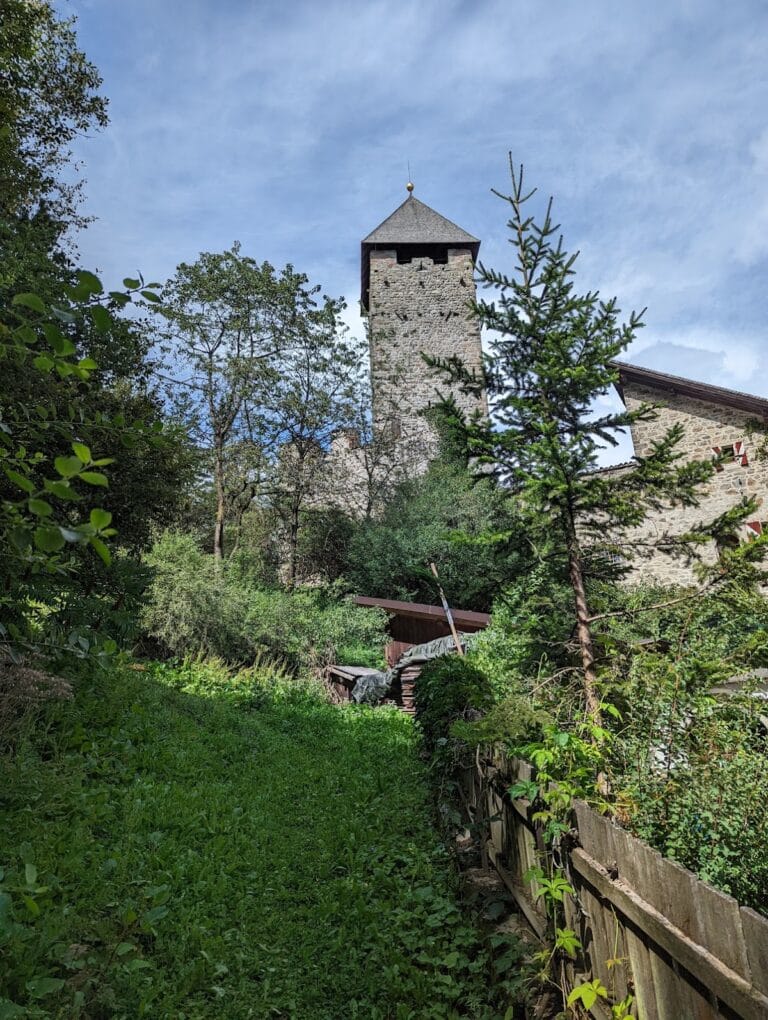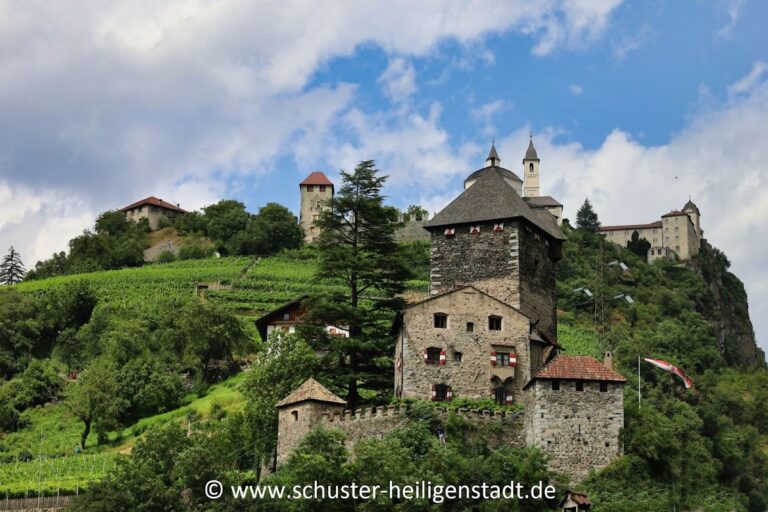Mühlbacher Klause: A Historic Fortified Site in Rio di Pusteria, Italy
Visitor Information
Google Rating: 4.3
Popularity: Low
Google Maps: View on Google Maps
Official Website: muehlbacherklause.it
Country: Italy
Civilization: Unclassified
Remains: Military
History
The Mühlbacher Klause is a historic fortified site located in the municipality of Rio di Pusteria, in modern-day Italy. Its origins trace back to the medieval period when it was established by the Meinhard brothers and Albert of Gorizia, members of prominent noble houses, who first documented and constructed the fortress in 1269.
Initially known as the Haslacher Klause, the site functioned as an important fortified border post marking the boundary between the County of Tyrol and the County of Gorizia. This border role continued until around 1500, when the last Count of Gorizia died, leading to the disappearance of the boundary and the fortress’s strategic border function. During this era, the fortress served not only as a military stronghold but also as a toll station, controlling passage and collecting customs duties from travelers coming from regions such as Treviso and Venice. The road at the time ran through the castle’s courtyard, making passage particularly challenging for carriages, wagons, and pedestrians.
Around 1460, Duke Sigismund of Tyrol enhanced the site’s defenses by constructing a newer fortification roughly 200 meters east of the original location. This expanded setup further solidified control over the entrance to the Puster Valley, located near the junction of the Rienz and Eisack rivers. The fortress played an active role in regional conflicts, enduring an unsuccessful siege during the peasant uprisings of 1526. It later sustained significant damage in 1703 amid the War of the Spanish Succession and again in 1809 during the Tyrolean Rebellion against Bavarian forces.
Following these military confrontations, ownership of the fortress passed to local residents who dismantled many of its interior structures for use as building materials, while leaving the outer walls standing. Efforts to restore the fortress did not begin until 1978 after a new road redirected traffic away from the site, reducing its logistical importance.
Long before its medieval history, archaeological evidence reveals that this location was significant during the Roman era. The presence of a Roman-era road barrier from the Augustan period is documented, which regulated movement along the Via Julia Augusta. This barrier controlled travel between the Roman provinces of Noricum and Raetia before Raetia’s formal incorporation into the empire in 15 BCE, pointing to the site’s long-standing strategic importance.
Remains
The Mühlbacher Klause occupies an approximately rectangular area defined by strong defensive walls and two main fortified gates: the Mühlbach Gate to the west and the Vintler Gate to the east. The layout divides the fortress into an upper and a lower section, reflecting a strategic separation between defense and daily activities.
The upper portion of the fortress was designed primarily for defense and housed two round towers. Today, only the left tower remains intact. The right tower and the external defensive wall were removed during the construction of the Puster Valley railway line, which altered part of the original fortifications. This elevated section provided a commanding view and a stronghold against military threats.
The lower section included facilities for residents and agricultural uses. Notably, the ground floor of the toll house remains preserved, showing spaces that once served as smithies and stables. Alongside these, the so-called Kaiserturm, or “Emperor’s Tower,” stands on the left side of the complex. The tower earned its name from the historical association with Emperor Maximilian I, who is said to have stayed there during his hunting visits to the area.
Along the ancient road passing through the fortress, visitors can find the remains of a chapel dedicated to the Holy Trinity. This small religious structure adds a spiritual aspect to the site’s function as a border and customs checkpoint. Nearby, a milestone commemorates the 1813 baptism of fire of the Tyrolean Kaiserjäger troops, marking their first experience of combat and linking the fortress to early 19th-century military history.
The fortress’s walls extend visibly up the hillside, underlining the defensive barrier it once presented to anyone traveling through this part of the Puster Valley. While the interior buildings were dismantled following the fortress’s sale to local inhabitants, considerable portions of the outer fortifications survive. Restoration initiatives begun in the late 20th century have worked to preserve these stone walls and stabilize the ruins, allowing the site to retain its imposing presence and historical significance.










